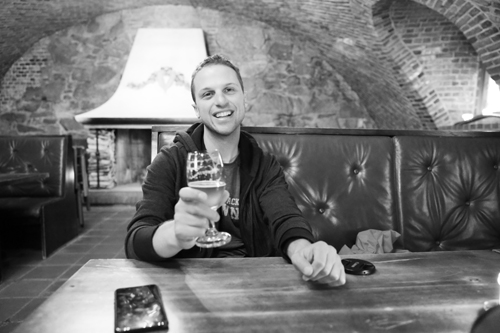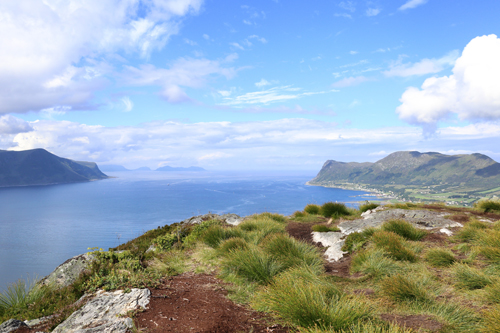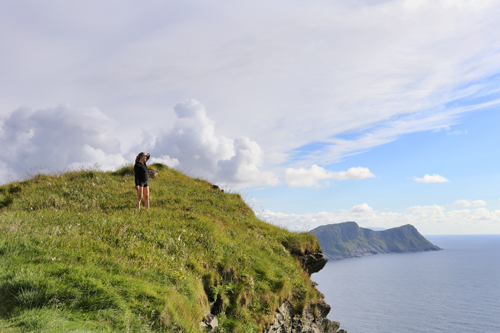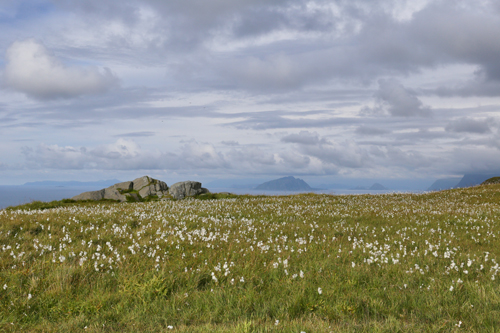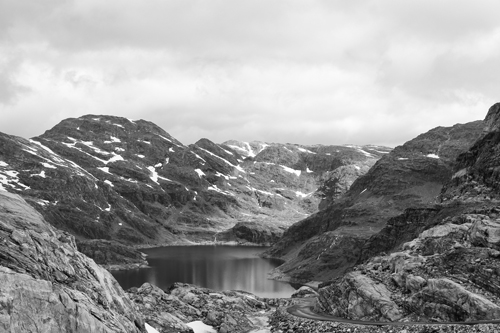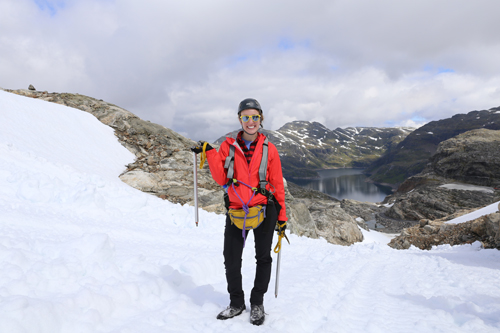

To end our adventures in Norway, we spend time exploring Oslo. We try several coffee shops to keep our caffeine levels high. Our favorite is easily Tim Wendleboe – great coffee, great atmosphere, not so great prices, but that’s Oslo.
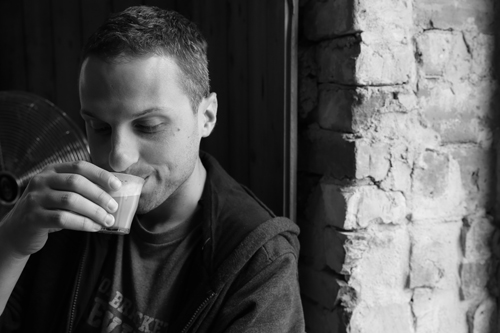
We walk through much of the city, some of the time along the river, which even has a couple waterfalls. We pause at Vulcanfisk for lunch, and enjoy some very fresh seafood. Afterwards, we walk around an inside market, where we’re convinced to try some smoked minke whale. Delicious. We learn that historically whale was an undesirable food choice; however, that is because if stored incorrectly, it is not very good. The gentleman behind the counter also answers many of our questions around salmon farming, and we get a much better sense of how the salmon that we’ve been eating every day here in Norway is raised.

After lunch and another cup of coffee, we walk back through the city to the Vigeland museum and nearby Frogner Park. The museum and park hold the statues of Gustav Vigeland, who was both prolific in terms of his productivity and very creative.


Although Norway is not known for its alcohol scene, partly because the prices and taxes on alcohol are so high, we do find a microbrewery Schouskjelleren Mikrobryggeri to taste a couple local brews, and at the end of the night we find a nice cocktail bar named Fulgen. At both, we toast to our Norwegian adventure.
